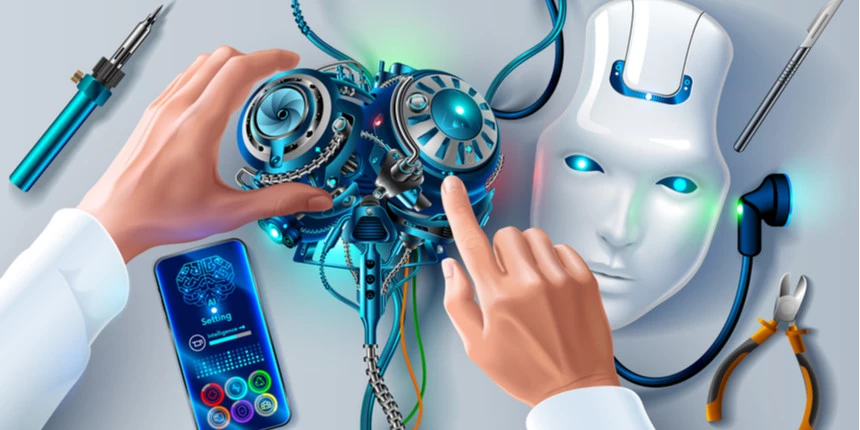Posts by adm 2
AI in Cybersecurity: AI systems for threat detection, anomaly detection, and intelligent security analysis.
AI has made significant advancements in the field of cybersecurity, providing new tools and techniques to enhance threat detection, anomaly detection, and intelligent security analysis. Here’s an overview of AI applications in cybersecurity:
Read MoreAI in Gaming: The use of AI techniques in game development, character behavior, and procedural content generation.
AI in gaming involves the use of various AI techniques to enhance game development, create realistic character behavior, and generate procedural content. Here’s an overview of how AI is utilized in gaming:
Read MoreAI in Autonomous Vehicles: AI technologies powering self-driving cars and intelligent transportation systems.
AI plays a crucial role in the development and operation of autonomous vehicles and intelligent transportation systems. Here are some key aspects of AI in this domain:
Read MoreAI Ethics: Ethical considerations and guidelines for the responsible development and use of AI systems.
AI Ethics is a critical and rapidly evolving field that focuses on the ethical considerations, guidelines, and principles surrounding the development, deployment, and use of artificial intelligence systems. Here are some key aspects of AI Ethics:
Read MoreAI in Education: AI-based systems for personalized learning, adaptive assessments, and intelligent tutoring.
AI has the potential to revolutionize education by providing personalized learning experiences, adaptive assessments, and intelligent tutoring. Here’s more information on these AI-based systems in education:
Read MoreAI in Finance: The use of AI algorithms for fraud detection, risk assessment, trading, and portfolio management in the financial sector.
AI has made significant advancements in the field of finance, revolutionizing various aspects of the industry. Here are some key applications of AI in finance:
Read MoreRobotics: The integration of AI and robotics, enabling machines to perform physical tasks autonomously.
Robotics is a field that combines Artificial Intelligence (AI) and engineering to design and develop intelligent machines capable of performing physical tasks autonomously. Here are some key aspects related to the integration of AI and robotics:
Read MoreReinforcement Learning: AI agents that learn through trial and error by interacting with an environment
Reinforcement Learning (RL) is a subfield of Artificial Intelligence (AI) that focuses on developing intelligent agents capable of learning and making decisions by interacting with an environment. RL agents learn through a process of trial and error, where they receive feedback in the form of rewards or penalties based on their actions. Over time, they optimize their behavior to maximize the cumulative reward obtained from the environment. Here are some key aspects of reinforcement learning:
Read MoreComputer Vision: AI systems capable of interpreting and understanding visual data.
Computer Vision is a branch of artificial intelligence that focuses on enabling computers to interpret and understand visual data, such as images and videos. It aims to replicate human visual perception and comprehension by leveraging machine learning algorithms and pattern recognition techniques. Here are some key aspects of Computer Vision:
Read MoreNatural Language Processing: AI techniques for understanding and processing human language.
Natural Language Processing (NLP) is a branch of artificial intelligence (AI) that focuses on the interaction between computers and human language. NLP involves the development of algorithms and techniques to enable computers to understand, interpret, and generate human language in a way that is meaningful and useful. Here are some key aspects of NLP:
Read More









